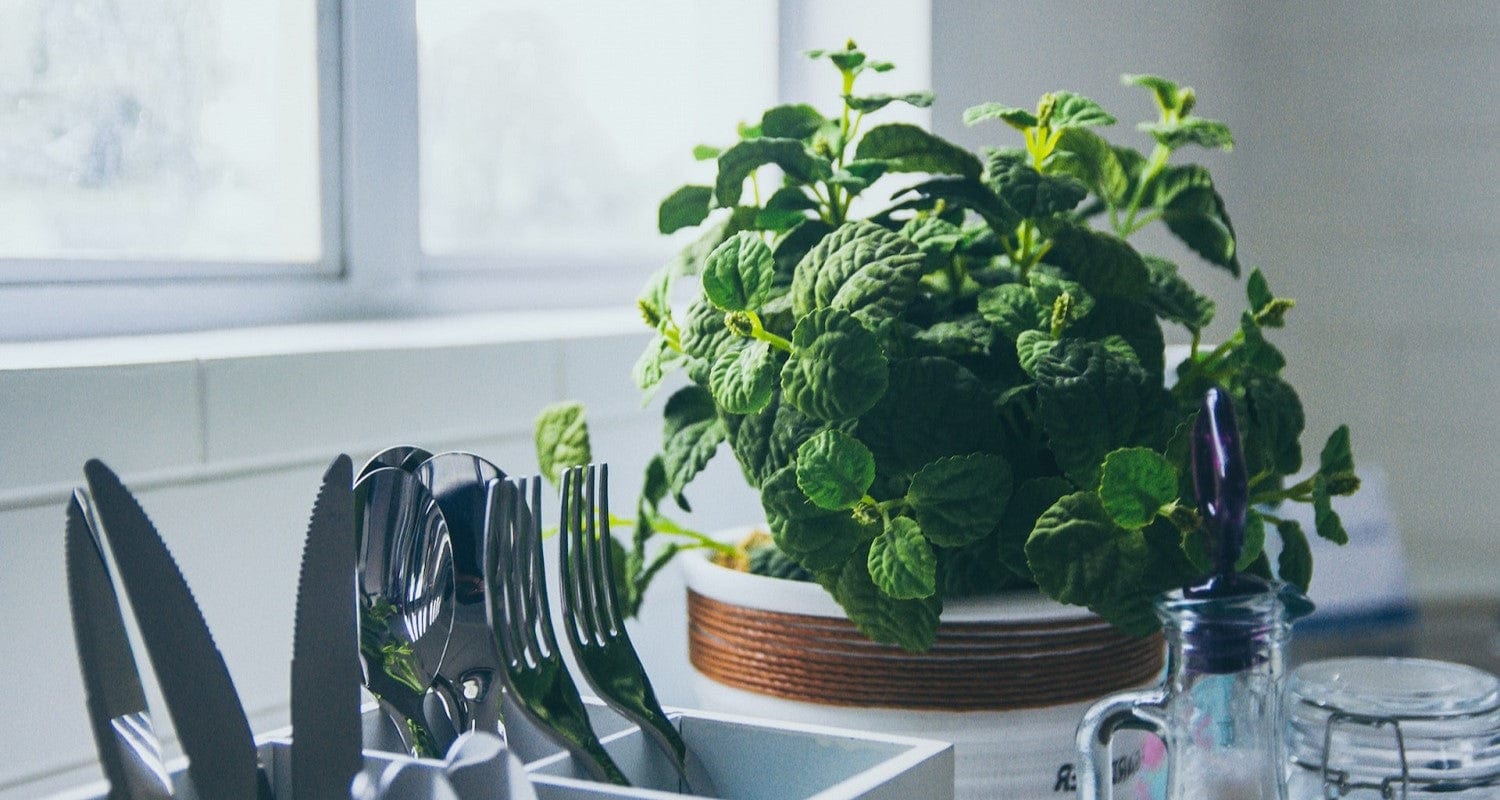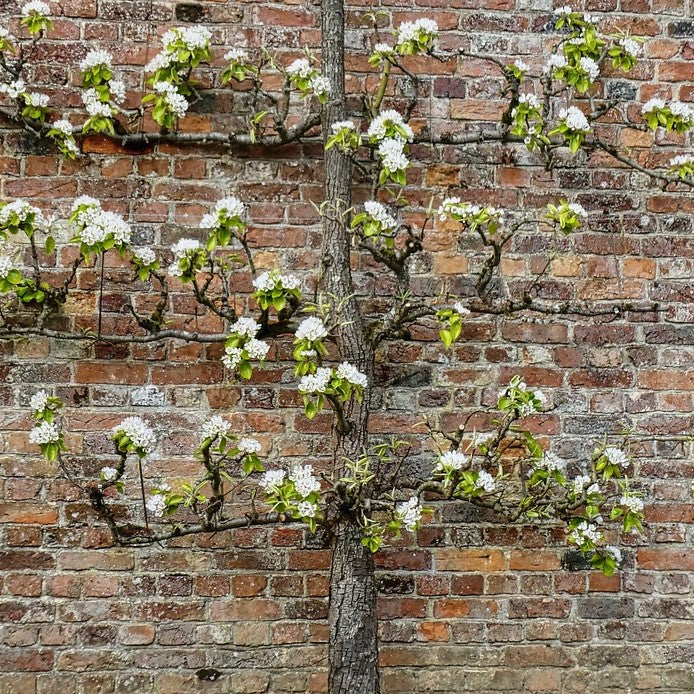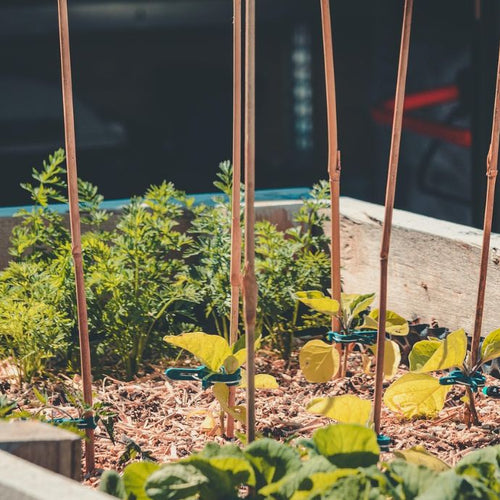Advice & Inspiration
Proper Mint! Six of the Best Types of Mint Plant to Grow

A mint plant is a must for every herb garden. Easy to grow (maybe too easy), their aromatic leaves can be used to perk up salads, bakes, drinks and more. Now new types of mint combine with exciting flavours including chocolate, ginger and pineapple to give you even more choices. We checked out the best mint plants to grow and their perfect food and drink pairings, then got a few insider tips from our herb experts on how to grow them.
Garden Mint
A classic for a reason - Garden Mint is easy to grow with a fresh, full-bodied scent and flavour. Keep it by the back door and crush a leaf between your fingers for an instant burst of uplifting mintiness.
Tastes like: A sweet, cooling snap of menthol bursting onto your tongue.
Best for: Sprinking on buttered new potatoes, livening up an ice cream sundae, garnishing the perfect mojito.
Grower’s tip: When we say ‘easy to grow’ we mean for the love of all that’s holy, plant it in a pot or you’ll wake up one morning and find you’re the proud owner of a mint forest where once there were flower beds.
Chocolate Mint
Chocolate and mint - they go together like rama-lama-lama ka-ding-a-da-ding-a-dong and now you can have both in one gorgeous plant.
Tastes like: Crisp dark chocolate with a mint fondant centre and a background note of bright citrus.
Best for: Hot chocolate, brownies, cake decorating or simply dip a leaf in chocolate.
Grower’s tip: The flavour of the leaves is at its most intense just before flowering time - if you snip off the flowers (which are also edible) you can increase the crop of leaves.

Ginger Mint
Ginger and mint are two of the best herbal tea flavours and now you don’t have to choose! More compact than most varieties at 30-35cm tall, Ginger Mint also makes an attractive houseplant with sunny gold-splashed foliage.
Tastes like: Spicy and complex. You’ll taste the cool mint first, then the ginger spreads its fruity warmth across your palate.
Best for: Tea! Especially if you’ve got a cold - this spicy infusion will clear your sinuses in no time. It’s also great in scones, home made lemonade and G&Ts.
Grower’s tip: If you grow your mint outdoors it will multitask as a companion plant, using its strong scent to keep aphids and flies away from your veg crops.
Pineapple Mint
Whether you cultivate it for its gorgeous cream and green variegated leaves or to serve up a mojito with a twist, Pineapple Mint is one of the most attractive and versatile herbs you can grow.
Tastes like: Soft sweet mint with a warm hint of ripe pineapple.
Best for: Adding to fruit salads, infusing water, adding bite to summer cocktails or iced tea.
Grower’s tip: One of the most decorative mints, you’ll want to show this off in patio containers. It’s less vigorous than its relative, apple mint, so won’t swamp your herb garden.

Japanese Mint
Japanese Mint is the one for true die-hard mint fans - an ice cool, menthol-packed leaf with a strong peppermint flavour.
Tastes like: Extra strong mints - unsurprising since this variety is used to flavour sweets!
Best for: If you want a mint for preserving, we’d go for this one as the flavour is strong enough to sing even when dried. As such, it makes a wonderful hot or cold infusion whether you use fresh or dried leaves.
Grower’s tip: This is a vigorous mint which can be divided in spring or autumn to make new plants for free.
Water Mint
Water Mint is a decorative and useful plant for pond margins and bog gardens with a fantastic spearmint flavour.
Tastes like: Clear and cool spearmint - tangy with a strong note of sweetness.
Best for: Growing a useful herb crop in waterlogged or wet ground. Use water mint leaves the same way as other mint plants - in teas, baking and as a garnish for salads and drinks.
Grower’s tip: Plant water mint around your pond or in a water feature - its fluffy pom pom shaped flowers will be a hit with bees and butterflies while also providing shelter for amphibians and dragonflies.




















